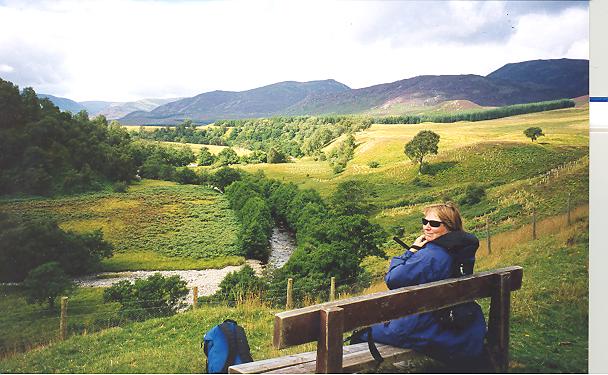Bergen, Norway
For some reason, Linda was not to excited by trolls
Have you ever heard of the Pacific Northwest National
Laboratory? Well, neither had I, until
today. I had heard vague rumors alleging
that there was some sort of off-beat research outfit located in the Tri Cities
area of central Washington (where all the atomic stuff went on) but –despite having
a graduate student working there – I didn’t really know what they did. As it turns out, we all should be interested
in the PNNL: initiated in 1965, it currently employs 4,400 staff and has an
annual budget of nearly $1 billion. It
is “the largest single supporter of basic research in the physical sciences in the
United States”. Too bad it’s in
Richland.
Turns out the PNNL supports work in cancer biology as well,
as this interesting article will attest:
To enjoy
this article you will have to remind yourself of several things:
1)
In ovarian cancer there seem to be multiple
genetic mutations. In general, the study
of such genes might be referred to as cancer
genomics.
2)
Genes “code for” proteins. Proteins do most of the important work within
a cell.
3)
Not every gene in a particular cell is “expressed”
(converted into a protein). Some are
expressed massively, some sparely – and most, not at all. The study of active proteins is known as proteomics.
And so we have, inevitably, ovarian
cancer proteomics.
4)
It follows, it seems to me, that it makes sense
to study the proteins that are doing the dirty work, and perhaps pay less
attention to their associated genes.
Well, the
PNNL bio-folks have been studying the active proteins in examples of high-grade
serous ovarian cancer (what Linda had.)
They found that they could distinguish between two groups, based on
their proteomes. Members of one group
had a much better prognosis than members of the other: 75% 5-year survival rate
vs 25%. Presumably this knowledge
eventually may inform individualized therapies.
Anyway, I hope so.
In case you
find the web address given above a little opaque, try this:
As an aside:
we owe an awful lot to our neighbors across the Pacific. Japan, we all agree, gives us the bulk of our better cars. China, it seems, supplies us with a
preposterous fraction of our cancer scientists.
Take the PNNL article, for instance:
it purports to have 47 authors - 23 with unmistakable Chinese surnames.







